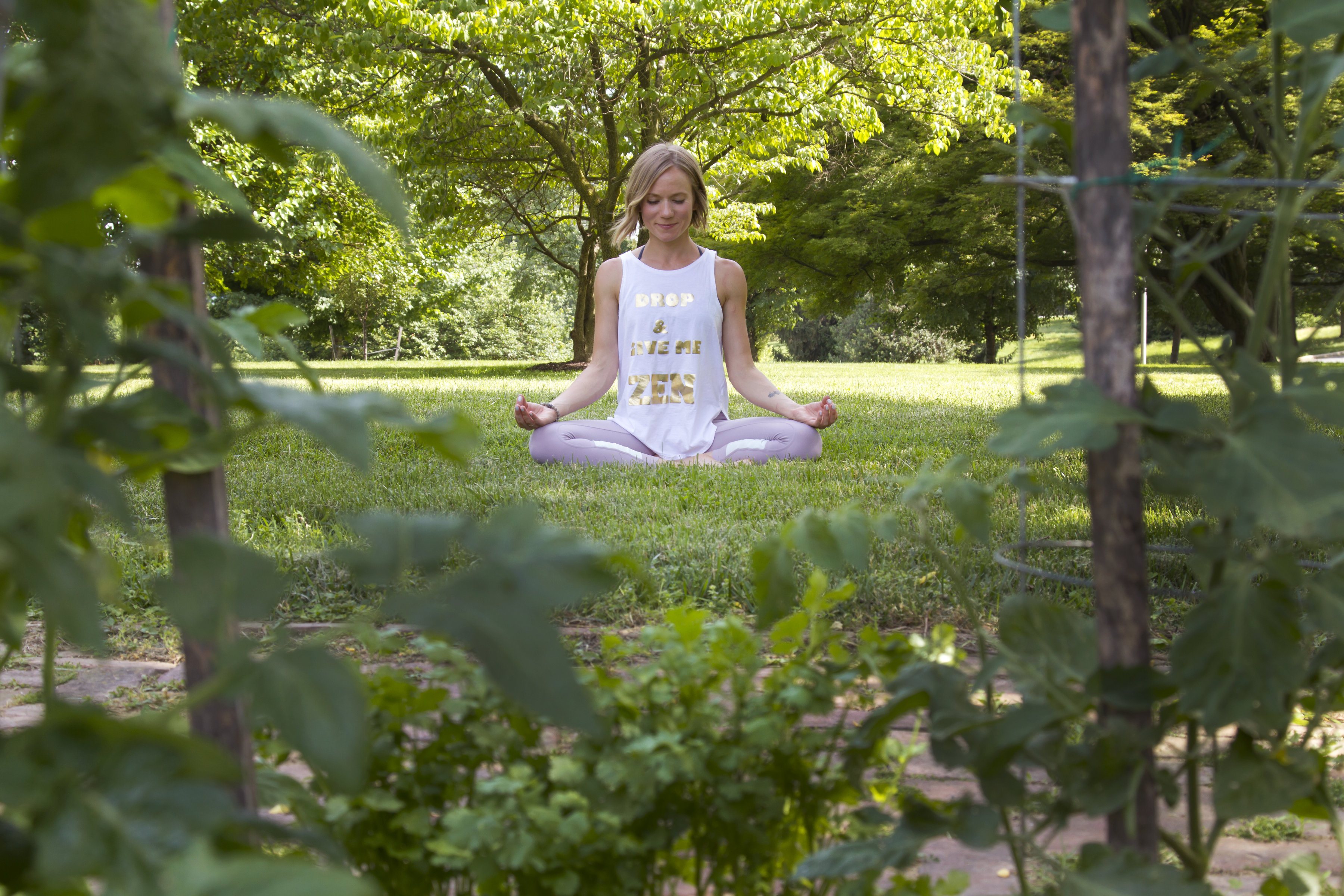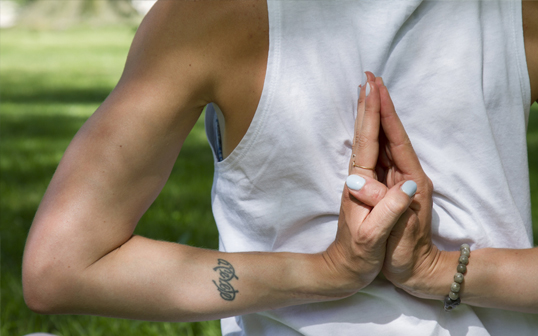On a scale of 1-10 how would you rate your stress level? Chances are it’s higher than you’d like. The body’s response to stressful situations – “fight, flight or freeze” – is an important part of our ability to cope with dangerous and sometimes life-threatening situations. Unfortunately, the way we live our lives these days – constantly on the go, striving to do and accomplish so much, not wanting to disappoint people and thus saying yes when maybe we ought to say no – is peaking our stress levels way more than is healthy.
Chronic stress is no joke. It can lead to high blood pressure (a major risk factor for heart disease), anxiety and depression, immune system suppression (aka more colds and flus), skin conditions, GERD (acid reflux), and countless other health issues.
I am no stranger to stress. Why do you think I became a yoga teacher? Prior to my yoga practice – both taking and teaching – my anxiety was consuming at times. I still have to work to stay on top of it and, for me, the most tried and true way to combat the physical manifestations of my anxiety is through pranayama, or breathing techniques. My favorite form of pranayama – deep belly breathing – is straightforward and discreet. You can do it anywhere, at any time, and all you need is one minute.
We all have one minute to take care of ourselves. No excuses.
According to a recent publication from Harvard Medical School, “deep abdominal breathing encourages full oxygen exchange — that is, the beneficial trade of incoming oxygen for outgoing carbon dioxide.” As a result, deep belly breathing has been proven to slow one’s heartbeat and lower or stabilize blood pressure. Plus, it just makes you feel most at ease.

The Practice
Directions:
- Come to a comfortable position either lying down or sitting upright on a pillow block of blanket. If you choose to sit, make sure you are comfortable and that it feels somewhat effortless.
- Bring your right hand on top of your heart and your left hand on top of your belly.
- Close the enjoys and start to pay attention to your natural breath, without trying to change anything at all at first.
- Begin to deepen your breath, inhaling through the nose to fill your belly. You will feel your in-breath pass beneath your right hand first, then the diaphragm will press down and your abdominal wall will swell outward beneath your left hand. Pause.
- Exhale just as slowly as you inhaled, first emptying the belly and feeling your left hand draw back toward your spine; then, feeling the out-breath rise up beneath your right hand, clearing the chest cavity and exiting through the nasal passages. Pause.
- Repeat for nine more cycles, or a total of 10 belly breaths.
This simple practice will take anywhere from 45-90 seconds to complete. Pepper this practice through your day five to 10 times by setting reminders on your phone or work calendar to keep you honest. You will be amazed how quickly your stress levels drop and a sense of ease washes over you.
Pro-Tip
Make this practice a ritual before any predictably stressful situation – a presentation at work, tough conversation with a partner, or big competition, to name a few. Not only will you feel better going in, but you’ll be less likely to react negatively throughout.



